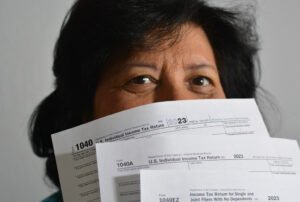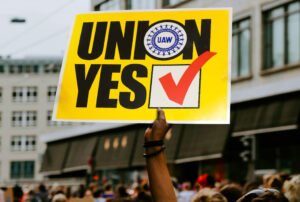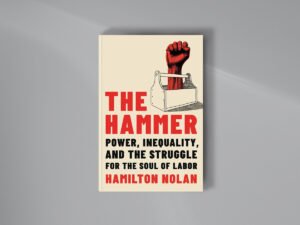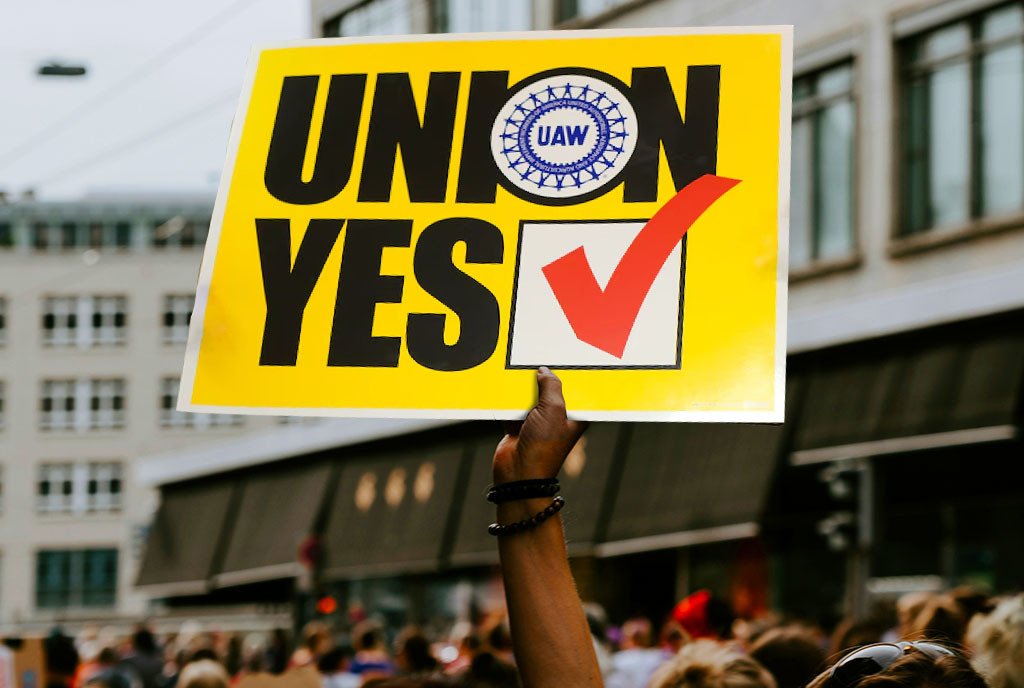
December 29, 2016; The Nation
Sometimes, a conceptual frame is exactly what’s needed to help the public understand an issue…and sometimes it just keeps us all stuck in Never-never Land. For instance, at heart, we want to believe that the American Dream is alive and well: If you go to school, work hard, and live a good life, you can succeed. We want to believe that financial achievement and security is based on an individual’s actions and not just on the wealth of their parents. This belief persists deep down in many of us even though it’s never been real in the way we wish it were, creating some painful cognitive dissonance. Thus, during the recent election season, many voices, progressive and conservative alike, were heard expressing their anger at being left behind, telling anyone who would listen that the American Dream was not working for them.
And they were not wrong. According to Michelle Chen, writing for the Nation,
Social-inequality trends over the past half century indicate that class divisions are growing more rigid, most are getting worse off, and those at the bottom are falling further, faster by the day. It’s the momentum of change that is causing much of the pain and anxiety, as many self-identified “middle-class Americans” are realizing the truth only now: They were never as well-off as they thought they were.
University of Michigan professors Fabian Pfeffer and Robert Schoeni recently published a series of papers for the Russell Sage Foundation Journal that examined how the U.S. economy is doing for various tiers on the economic pyramid. According to Pfeffer, for decades, people have not been getting equal treatment.
Overall, if you look back 30 years, most of the distribution [of wealth] is lower than where it was in the ’80s. So…the typical American family today has less wealth than the typical American family in the ’80s…[but those] higher on the economic hierarchy, affluent households, experienced “the mirror image,” accruing riches and power at others’ expense.
The social impact of what these studies depict is a significant source of frustration for many across all segments of the United States. Having family wealth, even in modest amounts, provides a secure foundation upon which each subsequent generation can build, allowing for the risks and unexpected challenges that may emerge. If education is an important building block for success in our current economy, being able to pay for everything from quality childcare to college tuition is critical. Family wealth lets parents make sure their children have access to a wide range of experiences and supports from the youngest ages through college graduation. These things are not always available to those at the bottom of the ladder, who can only depend on struggling public investments.
Sign up for our free newsletters
Subscribe to NPQ's newsletters to have our top stories delivered directly to your inbox.
By signing up, you agree to our privacy policy and terms of use, and to receive messages from NPQ and our partners.
Just being able to complete one’s education might depend on being able to afford to remain a student rather than dropping out to seek a low-paying but much needed job. When illness or other emergencies upset the status quo, having a family to provide financial support makes a big difference on long-term outcomes. Such resources might protect a house foreclosure or keep significant debt at bay.
According to research cited by Pfeffer and Schoeni,
Young adults whose parents have income that puts them in the top quarter of parents receive $95,000, and those in the bottom quarter receive $31,000…transfers received from parents for schooling are more than eleven times larger among children whose parents are in the top quarter of the wealth distribution compared to children from the bottom half…transfers have not only become more common over time but also increasingly connected to parental wealth, tightening the link between wealth inequality and inequalities in opportunities.
We have an economic system in which upward mobility is more difficult. The world looks very different, depending on your family’s bank account: “The odds of becoming part of the wealthiest 20 percent of Americans are more than 700 percent greater if your parents were in the top 20 percent instead of the bottom.”
From the policy perspective, understanding the causes of the failure of the American Dream is critical. The task of sorting it out has proven difficult in part because the data is filtered through strong political lenses. Right now, there’s no clear political agreement of the forces that need to be addressed. For some, the disparity between rich and poor is a source of energy that drives innovation and a growing economy. No need, from this perspective, to provide a social safety net so that government can provide supports for those who families cannot keep up but who are not impoverished. They see the widening gap as an indication of too much, and not too little, government intervention. From the opposite side, we can see the outcomes of too little government action to ensure a level playing field for all. Further complicating the debate about economic inequality and opportunity is the seeming inability of either side to quantify what they mean by words like “poor,” “middle class,” and “wealthy.” Without commonly understood definitions, it’s especially difficult to achieve meaningful communication.
What seems to be missing from the political debate is a mutual willingness to move from arguing about political principles and get into the facts of the case and study what is actually taking place. That kind of gridlock gives only tugs-of-war and ineffective solutions. If that is the best we will get, the gap will continue to widen, and the burden on organizations whose business is to serve those in most financial pain will keep getting heavier.—Martin Levine













